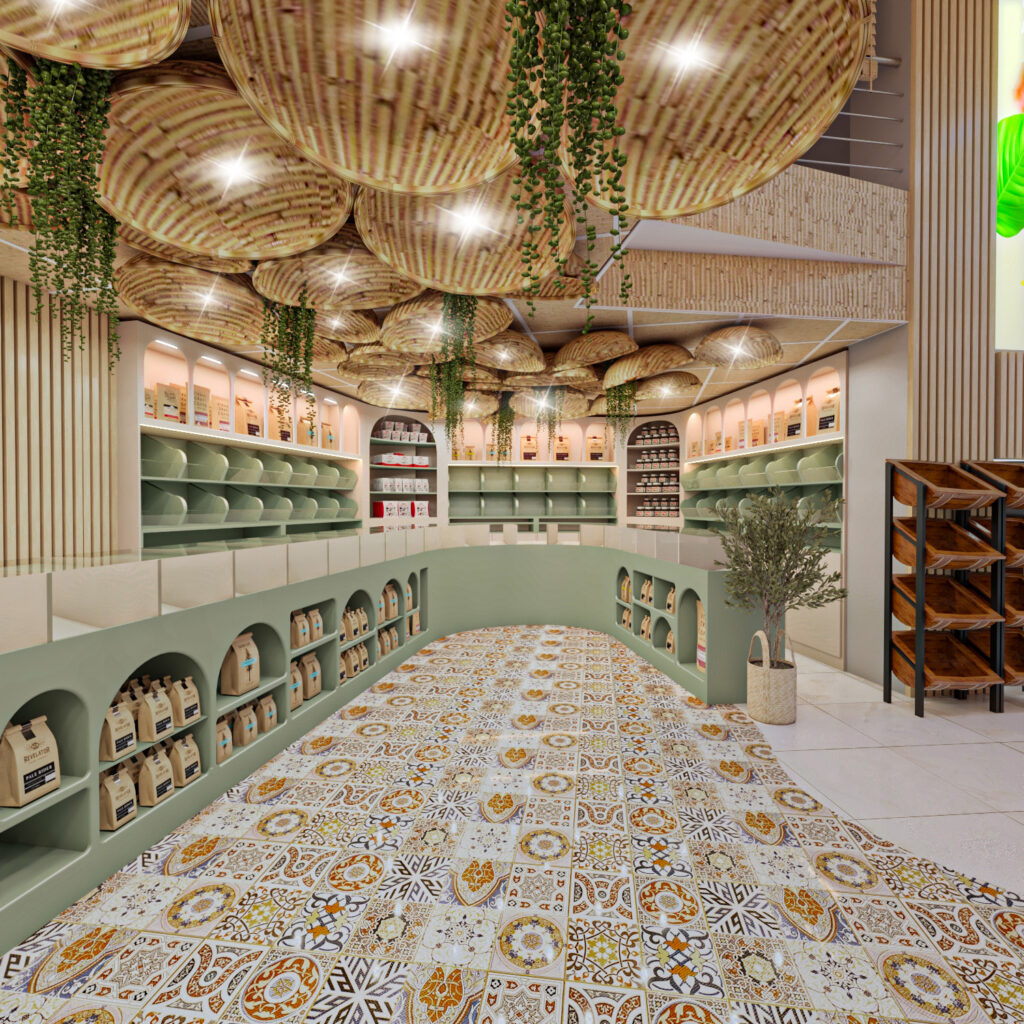
Interior design is both an art and a science aimed at optimizing indoor spaces to create an environment that is beautiful, functional, and harmonious. This field not only focuses on aesthetics but also considers functionality, ergonomics, and the psychological impact of the environment on individuals. In this article, we will explore the fundamental principles of interior design, common styles, and key tips for crafting a comfortable and aesthetically pleasing space.
1. Fundamental Principles of Interior Design
Balance in interior design refers to the even distribution of visual elements within a space. There are three primary types of balance:
- Symmetrical Balance: Using identical arrangements on both sides of an axis (common in classical decor).
- Asymmetrical Balance: Achieving harmony through different objects with equal visual weight.
- Radial Balance: Organizing elements around a central point, such as a circular dining table.
Creating harmony between colors, patterns, materials, and furniture ensures a cohesive and relaxing space. Choosing a consistent color palette and repeating certain elements contribute to this unity.
By repeating specific elements like color, texture, or shape throughout a space, a sense of cohesion and movement is established in the design.
Every interior space should have a focal point that draws attention. This could be an accent wall, a fireplace, a piece of artwork, or a unique piece of furniture.
The size and proportion of interior elements should be in harmony with each other and the dimensions of the space to create visual balance.
2. Common Interior Design Styles
Characterized by clean lines, neutral colors, minimal forms, and the use of materials such as glass, metal, and wood.
Based on simplicity, minimal use of elements, and an emphasis on open and clutter-free spaces. This style incorporates soft colors and simple forms.
Features elegant decorations, luxurious furniture, warm colors, and intricate patterns. Natural woods and heavy fabrics are common in this style.
Recognizable by raw materials such as concrete, brick, metal, and reclaimed wood, combined with special lighting and functional furniture.
This style is based on brightness, neutral colors, simple designs, the use of natural wood, and minimalist decorative elements.
3. Key Tips for Successful Interior Design
- Light colors like white, cream, and gray make a space appear larger.
- Dark colors create depth and make a space feel cozier.
- Contrasting color combinations can add uniqueness to the environment.
- Maximize the use of natural light.
- Combine ambient, task, and accent lighting for optimal illumination.
- Use mirrors to reflect light and increase brightness in the space.
- For small spaces, opt for multi-functional and compact furniture.
- In larger spaces, arrange furniture to create a cohesive and inviting environment.
A mix of materials such as wood, glass, metal, and different fabrics adds visual interest to the space.
Incorporating different patterns and textures adds depth and appeal to a space. For example, pairing velvet fabrics with raw wood or metal can create a striking contrast.
Conclusion
Interior design is a blend of scientific principles and creative artistry aimed at creating spaces that are both beautiful and functional. By understanding the fundamentals of design, exploring various styles, and applying key strategies, one can craft a unique and harmonious environment that is both aesthetically pleasing and highly practical.


No comments yet.